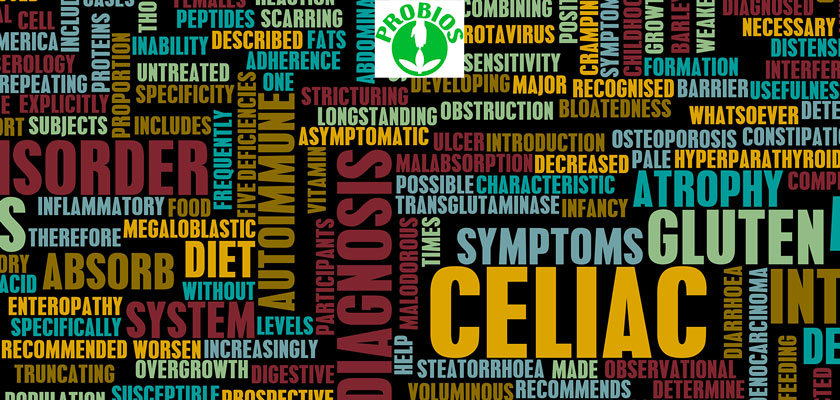
A research published on Jam Internal Medicine demonstrates it: gluten free diets are by now a strong trend and they are considered, wrongly, as healthier. Just in the latest five years, the number of people who choose a gluten-free diet without suffering from a celiac disease tripled.
The tendency is proven by the numbers in USA, but probably something similar is also happening in Italy, judging from the growing multiplication and availability of the products.
The reasons of this growth seem various: definitely the appeal of this trend, but also the growth of the tendency of auto-diagnosis. We must however pay attention, even if gluten hypersensitivity has been recognized as a real trouble, since the diagnostic workup is not simple and it cannot absolutely be a “do-it-yourself”, and we should first exclude the real celiac disease, then proceed to further in-depth analysis.
The auto-diagnosis is therefore always dangerous, because it can hide a true celiac disease that must instead be recognized and healed with a proper diet, without the superficiality we can apply to an undefined, unverified by doctors sensitivity. If we’re curious to try gluten-free food, there’s no problem at all, but if we avoid gluten suspecting a clinical disease, it is fundamental to talk to a specialist to arrive at a real diagnosis.
The celiac disease is indeed a real illness, that can affect people of all age and that can be genetically predisposed. Even if the causes are still unknown, a recent study from a group of swedish researches at Umea University pointed out a connection between the risk to develop the celiac disease and the weather in the geographic area of birth. Children born in winter or in places with shorter daylight hours and less sunlight are less likely to develop the disease in comparison with children who were born in warmer seasons or regions.[1]





